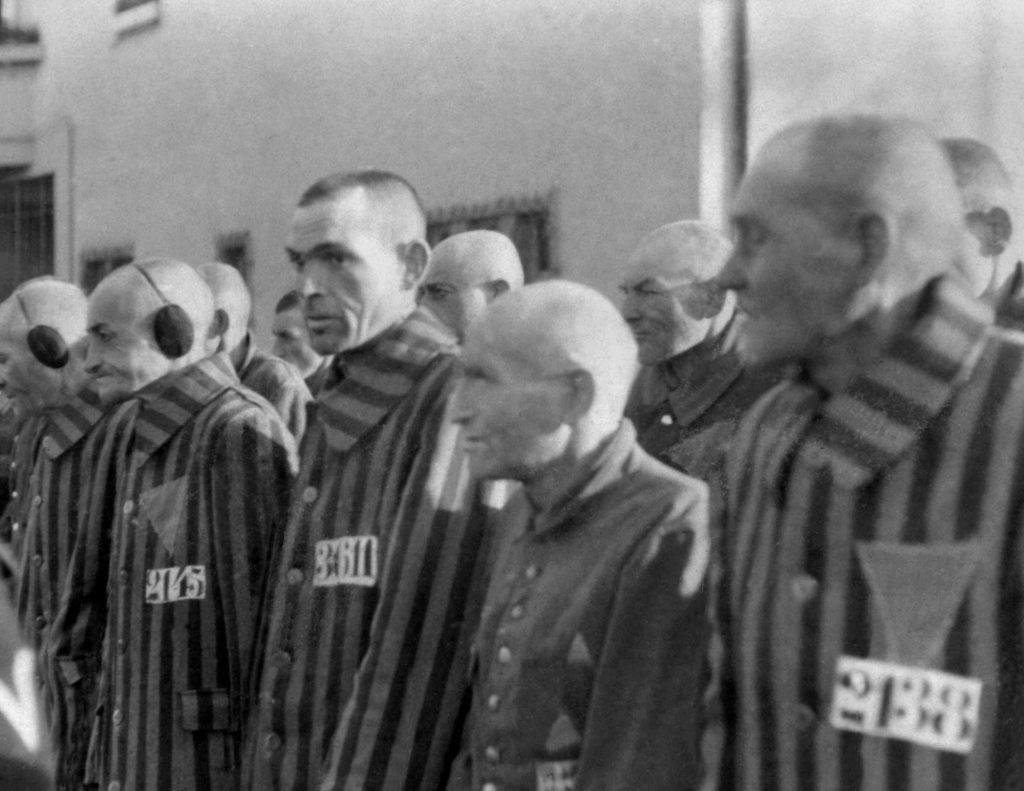Feb 2023
Imagining the moment of ‘liberation” might conjure up visions of people dancing in the streets or toasting with champagne. That was the media version of V-E Day, but it was certainly NOT
the picture of the state of liberation for Jewish Holocaust survivors. Most survivors were barely alive. And many who survived to see their liberators died in the days, weeks, and months
thereafter of starvation, overeating, injuries, disease and exhaustion.
Every survivor vividly remembers the moments leading up to the long-awaited dream of liberation from bondage, slavery, exile, starvation, abuse, and the fear of murderous extinction. Many even described their experiences in oral, video, or written testimonies.
But there was no ONE event of liberation, as there was no ONE date of liberation; nor was there ONE liberating army. Each survivor had a totally different experience. We would like to highlight some of these.
Ella Adler, from Krakow and 21 years old in 1945, was on a death march, when she heard airplanes overhead and realized the Red Army was on its way. Some of the women sewed a Russian flag. Yet realizing she was free brought much fear. “Who will I find waiting? Where will I go? What will I do?”
Similarly, in January 1945 Chaje Sidrer and her two daughters, Reva Sidrer and Nechama Santocki, were liberated in a different part of Poland, also by the Soviets. Their death march was from Stutthof in minus 24-degree weather. They awoke one morning to learn their long oppression had ended. Chaje was 45, and the two daughters were both 16.
Bronia Cimmerman Bronkesh was liberated at the age of 23, returning from Armenia to Kiev after the city was liberated and then went back to her hometown of Sarny, which was in Ukraine when it was liberated. No one was alive, so they then went to Lublin to a homeless shelter that was a former yeshiva, where she met her future husband. He was recuperating from wounds received as a partisan, and they married on October 14.
Sam (SANE) Bronkesh was liberated in July 1944, at the age of 29 by the Soviets. He was a member of a partisan unit in the woods around the Garwolin and Zelechow area of Poland, north of Lublin. He made his way to Lublin where he met and married Bronia in 1945.
Esther Basch was liberated by Americans at Salswedel, where she was taken after a death march out of Salswedel, a sub-camp of Neuengamme. The Americans told them they were free, but the women didn’t understand and were actually afraid, seeing more men in uniform. A Jewish soldier was eventually able to tell them the good news.
Morris Friebaum (originally Moniek Frajbaum) was only 18 years old and had been on a death march for 2-3 days when they were abandoned by their guards during the night (several died of exposure). They awoke to tanks with white stars, not knowing if they were American or Russian, but when they saw
black soldiers, knew it had to be Americans. These were the first black people Moniek had ever seen.
This was on May 2, 1945, right at the end of the war.
Fred Greenwood was a hidden child in the Netherlands, separated from his family. In September 1944, the allies came through and told Fred he could put on shoes and go outside. The area where his mother was hiding was not liberated until 1945, so he wasn’t able to see his mother until he was 15, and they were reunited after 3 years of living in hiding.
Many survivors were placed in displaced persons camps after liberation, like Oskar Knoblauch. Oskar and some of his family members were liberated from Krakow by advance Soviet troops, after narrowly missing a deportation to Mauthausen. Oskar, his father, and siblings had not been deported with the liquidation of the ghetto (which took his mother), and they were all put into forced labor, which killed his father. Oskar was 20 years old at liberation.
Likewise, many survivors were taken to other countries to recuperate, such as Rise Stillman, who was sent to Sweden after liberation by the British at Bergen-Belsen.
Marion Weinzweig was hidden in a convent in Poland for three years, from the age of 18 months. When her father was liberated from Buchenwald in April 1945, he returned to Poland for his daughter, but the nuns would not give her up without a huge ransom. After procuring the money, he returned for Marion, who was terrified to go with him after being taught by the nuns that Jewish people were the devil. The two of them fled ongoing pogroms in Poland’s Russian sector, finally settling in Bavaria where they had family.
Gerda Weissman Klein arrived at Volary, Czechoslovakia, in May 1945 and was liberated from a factory where she and some other women were hiding. She recuperated in a nearby makeshift hospital, where she was regularly visited by the man who had liberated her, Kurt Klein. They were married in September. While that part of her liberation is happy, she had to face the fact that she was the only survivor of her family.
Liowa (Louis) Sidrer, at age 21, through fortuitous circumstances, planned an escaped from the Kovno Ghetto (Lithuania) on June 25, 1944 – only 2 weeks before the liquidation and total destruction of the Ghetto. He went into hiding in the homes, basements, and a flour mill of various local acquaintances. The Soviets entered the city only 5 weeks later – on August 1, 1944. When he heard the Soviet troops arriving in the city, he jumped out of his hiding place to welcome them. He was fortunate that they didn’t shoot him.
Zlata (Lottie) Santocki Sidrer, originally from Kovno, Lithuania, was liberated at 20 years of age by the Soviets in a town called Chynowie, in northwestern Poland. She and thousands of other women were torturously forced on a Death March in the minus 23 Centigrade Polish winter. The hundreds of female prisoners were resting for a few nights in a huge barn where she became deathly ill with typhus. All the living women were lying among hundreds of other dead bodies. When one woman looked outside the barn one morning, she noticed that all their Nazi guards were gone. A few hours later, the Soviet soldiers came in and found the emaciated, sick, and dead women in that barn. They immediately worked at burying the dead and setting up a medical clinic to help the survivors they had liberated. This date was etched in her memory – it was March 10, 1945.
Feivel Sidrer, was 45 years old, and was liberated by the U.S. troops in southern Germany. He and thousands of others were taken on a Death March. He was liberated somewhere between the forced labor camp, Kaufering, near the town of Landsberg, and the Dachau Concentration Camp, north of Munich. This liberation took place approximately April 28, 1945.


